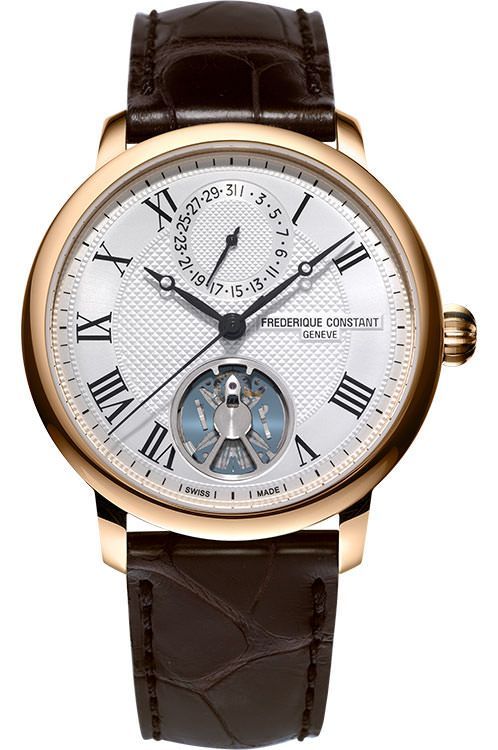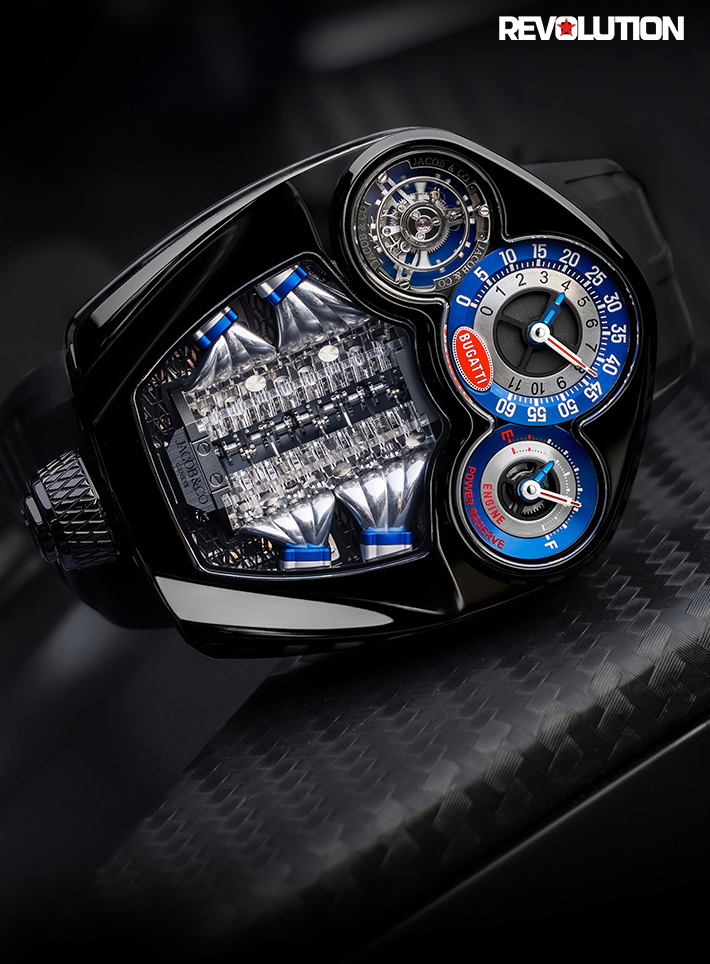SpotlightNo Innovation Goes Unrewarded: Frederique Constant, Louis Moinet Receive ‘Good Design’ Accolades
Louis Moinet’s Tempograph Spirit, Memoris Spirit and Time to Race watches, and Frederique Constant’s Slimline Monolithic Manufacture timepiece are recipients of the 2022 Good Design accolades, among the world’s oldest and most prestigious design awards
May We Recommend
Design, by itself, is subjective. Yet, most designers agree that ‘good’ design has to be meaningful, easily understood, accessible and sustainable. For a luxury watch to receive a design award implies that the timepiece excels in both form and function. And sure enough, among the winners of the 2022 Good Design Awards, announced in January this year, were stunning mechanical wonders by Louis Moinet—their Tempograph Spirit, Memoris Spirit and the Time To Race watches—and Frederique Constant, with their Slimline Monolithic Manufacture timepiece.

Champions Of Good Design
Among the oldest and most prestigious design accolades in the world, the Good Design awards programme is organised every year by the Chicago Athenaeum Museum of Architecture and Design. “Since its inception, the goal of Good Design has always remained to identify and honour the pinnacle of design excellence,” states Finnish architecture and design critic, and president of the Chicago Atheneum, Christian Narkiewicz-Laine, who serves as the programme’s chief curator. “The winning designers and manufacturers have all taken on one of the biggest challenges in the global design world: to produce a meaningful, superb and timeless product design that withstands function, lasting use, and has inspiring and profound relevance,” adds Narkiewicz-Laine.
The awards are given out in almost every field, from packaging and electronics to children’s products and furniture, textiles and household appliances to transportation and hardware, building materials and robotics to mobile applications and personal products. For the year 2022, of the 4,000-odd entries, 1,100 were judged by independent and international jurors and awarded with the ‘Good Design’ tag, a label that serves as a certificate of sorts. The four timepieces awarded for their innovation and superior design fall within the personal products category.
Abstract Artwork That Also Tells Time
Such an accolade naturally pumps up the prestige for the awarded timepieces. Although, none of these actually require an added-value stamp, as they shine bright all by themselves in the world of horology. Take the Louis Moinet Tempograph Spirit, for example: a visual upgrade from their 2014 model, the 20-Second Tempograph, the Tempograph Spirit uses the same concept of timekeeping displayed in the right half of the watch, with the hours and minutes on a sub-dial, and the retrograde 20-second hand between 12:30 and 2:30. This red central hand is, undoubtedly, the highlight of the watch, bringing the viewer’s attention back time and again to the fascinating ‘jumping’ seconds.
The left half of the watch houses the small seconds, and open-worked gears, bridges, screws, balance wheel and jewels, which, at a glance, resembles an abstract painting because of the way the colours on the jewels and small seconds pop against the matt black treatment of the components. The dial is framed in an anti-reflective, panoramic sapphire crystal glass, with an edge-to-edge design that gives the watch a slimmer look. Overall, the timepiece not only looks stunning but is also extremely wearable, with its integrated strap on a 40.7mm case made of grade-5 titanium, weighing only 18g.
Well-Designed Tribute To The First Chronograph
Like the Tempograph Spirit, the brand’s Memoris Spirit also looks like a visual and ergonomic improvement on their 2016 Memoris timepiece, which was released as tribute to 200 years since the Compteur de Tierces, the first ever chronograph made by Louis Moinet in 1816.
The movement of the chronograph in the Memoris Spirit is displayed on the top half of the dial. The single pusher at two o’clock sets in motion all the different elements—levers, clutch, hammers, column wheel, springs and wheels—like a beautifully choreographed tribute to the first chronograph ever created. Featuring a double-reading flange beneath a domed sapphire crystal glass that slims the looks of the watch, the 40.7mm case has ergonomic skeletonised lugs and an integrated strap.
Also inspired by the 2016 Memoris and another tribute to Moinet’s 1816 chronograph is the Time to Race watch, with the chronograph movement displayed on the top half of the dial. The chronograph counters are at three and nine, while the timekeeping is housed at six o’clock in a white sub-dial with a painted racing numeral. Available in rubber strap options of green, blue or red, the racing number is unique for each strap colour, which means that no two watches will be alike.
Ten Times Faster, Driven By A Monolith
Another deserving advancement in precision timekeeping is visible in Frederique Constant’s Slimline Monolithic Manufacture. Housed in a 40mm case, the movement’s high-frequency Monocrystalline-silicon ‘Monolithic’ oscillator beats at an astounding 2,88,000 vibrations per hour, 10 times faster than most mechanical watches’ 28,800vph.

The decision to craft the oscillator from one single sheet eliminates the need for mechanical coupling, which means generation of friction and wear on the parts is significantly reduced, and therefore, less power is needed to drive the escapement wheel and the oscillating system. The calibre beating at the heart of this timepiece is the FC-810—one of Frederique Constant’s 30-odd in-house movement, which packs a power reserve of 80 hours.
The futuristic-looking silicon oscillator is visible through an aperture at six o’clock on the dial. Balancing this is the analogue date display at 12 o’clock. With Roman numerals as hour markers, Breguet-style hands and a guilloche pattern in the centre of the watch face, the timepiece gives off a classical-meets-the-future vibe, definitely demanding a closer second look. The best part is that all of this is in keeping with the brand’s accessible-luxury positioning.
Awards for advances such as these in the world of watchmaking are definitely an inspiration for brands to do more, to be better and to look for different ways to reinvent the wheel. In turn, brands’ innovations keep collectors and enthusiasts looking forward to more ‘good designs’.
































